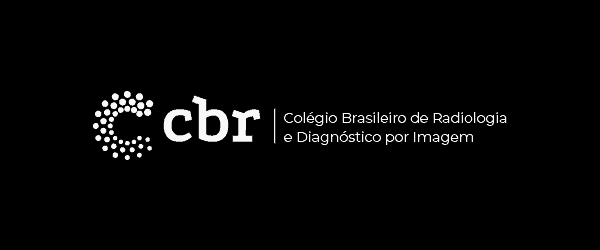In public hospitals, patients have to wait up to 80 days to undergo the main diagnostic test for breast cancer.
With a queue of approximately 77,000 Brazilian women and a waiting time that can exceed 80 days in some places, the Unified Health System (SUS) still faces major challenges in offering the main breast cancer detection exam. The warning comes from the Brazilian College of Radiology and Diagnostic Imaging (CBR), which launched the initiative in Pink October “Solidarity Radiology”, a campaign that will offer thousands of free exams for low-income women in several cities in Brazil.
CBR president Cibele Carvalho explains that, if performed in a timely manner, mammography allows for the early detection of breast changes, increasing the chances of successful treatment and reducing the need for more invasive and costly interventions. “Providing access to mammography exams can save lives and also optimize resources by avoiding advanced stage treatments, which are more expensive and exhausting for patients and the health system,” she said.
The data, obtained via the Access to Information Law, uses the year 2023 as a reference for calculating the average waiting time. The number of patients waiting for procedures is based on data from June 2024. In the CBR analysis, the numbers reveal part of the overload on the SUS and should be taken into account, especially by those recently elected in the Municipal Elections, when formulating and maintaining public health policies.
Underreporting – According to the CBR analysis of data from the Regulatory System (SISREG) of the Ministry of Health, the waiting list for mammograms may be even longer than indicated. This is because SISREG, the platform that should record the demands for elective surgeries in the country in a single queue, depends on data voluntarily provided by state and municipal health departments.
An example of this discrepancy can be seen in the Federal District, where the national system reports a waiting list of 306 patients waiting for the exam. However, data released by the local press, based on the Social Map of the Public Ministry of the Federal District and Territories (MPTDF), indicate that the real number of women waiting for a mammogram is ten times higher, reaching 3,600.
In the analysis by Federation Unit, Santa Catarina is at the top of the ranking with around 17 thousand women waiting for a mammogram exam, followed by São Paulo (15 thousand) and Rio de Janeiro (12.5 thousand). The three states account for 56% of the total number of patients waiting reported to the Ministry of Health.
| UF | Quantity on Hold | Average Waiting Time (days)* |
|---|---|---|
| Acre | 30 | 5,45 |
| Alagoas | 150 | 9,45 |
| amazon | 806 | 32,47 |
| Amapá | 8 | 11,12 |
| bahia | 119 | 8,06 |
| Ceará | 2.208 | 17,24 |
| Federal District | 306 | 81,03 |
| Holy Spirit | 104 | 14,39 |
| Goias | 1.880 | 12,75 |
| Maranhao | 74 | 16,7 |
| Minas Gerais | 2.231 | 53,64 |
| Mato Grosso do Sul | 1.374 | 16,47 |
| Mato Grosso | 11.206 | 24,87 |
| For | 2.525 | 21,14 |
| Paraíba | 564 | 14,88 |
| Pernambuco | 5.530 | 33,71 |
| Piauí | 24 | 9,63 |
| Paraná | 1.391 | 20,63 |
| Rio de Janeiro | 12.575 | 34,09 |
| large northern river | 70 | 14,67 |
| Rondônia | 1.652 | 59,26 |
| roraima | 1 | – |
| Rio Grande do Sul | 34 | 15,16 |
| Santa Catarina | 17.076 | 35,88 |
| sergipe | 51 | 15,28 |
| São Paulo | 15.024 | 43,3 |
| Tocantins | 183 | 13,89 |
| Not informed | 47 | – |
| Brazil | 77.243 | 24,43 |
*Estimated average based on services provided in 2023.
Source: SISREG / Ministry of Health. Data extracted on 06/21/2024.
Waiting line – The disparity between regions and the average waiting time is another concern for radiologists, who point out the urgent need for effective interventions and public policies capable of reducing waiting times and ensuring equitable access to diagnosis. “Health authorities must seek immediate solutions to reduce waiting times and ensure that waiting times do not compromise early diagnosis and appropriate treatment of breast cancer,” explains Luciano Chala, Coordinator of the CBR Mammography Commission.
He recalls that, according to the latest report from the National Cancer Institute (INCA) on the Breast Cancer Control in Brazil, long periods between the doctor's request and the issuance of the report can make it difficult for the population to adhere to screening. “In 2023, 48.8% of screening mammograms had reports released within 30 days after the exam was requested. Approximately 36% of the reports, on the other hand, were released more than 60 days later, which may indicate the need for process improvements to speed up the return for the woman, in order to reinforce trust and the bond with the program”, points out the study.




